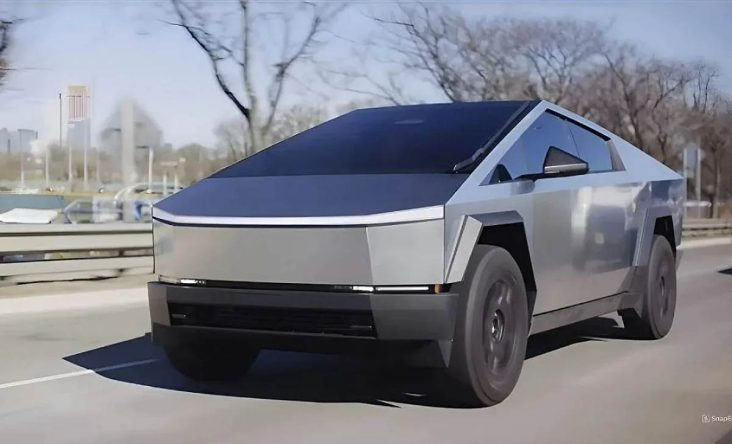Ryan Patch, a proud Cybertruck owner from Arizona, didn’t think much of it when his truck first refused to charge at home. After all, Superchargers worked fine, and his home charger was already six years old — it seemed like a simple case of outdated equipment.
But after trying multiple home chargers and still getting error messages, Ryan realized the issue wasn’t with his charger — it was with the truck.
From Minor Annoyance to Major Repair
He brought his Cybertruck into a Tesla Service Center, expecting a quick fix. What he didn’t expect was this:
Tesla told him he needed a new high-voltage battery pack.
This is the 800-volt battery that powers the Cybertruck — a crucial (and very expensive) component. Thankfully, Tesla’s 8-year/150,000-mile warranty covered the cost, saving Ryan tens of thousands of dollars.
But the repair wasn’t instant. His Cybertruck was out of commission for several weeks while technicians inspected, diagnosed, ordered parts, and carried out the battery replacement.
Tesla’s Loaner Program Eases the Frustration
While the wait was long, Ryan shared that Tesla provided a nearly-new Cybertruck loaner — and it’s actually a newer build than his own. Tesla allows him to drive the loaner up to 200 miles a day; any extra mileage costs $0.50 per mile.
“Not ideal to be without your own truck for weeks, but at least I’m in a better one for now,” Ryan joked in a post on the Cybertruck Owners Only Facebook group.
What Actually Went Wrong?
At first, Ryan’s Tesla app displayed a message saying:
“External charging equipment is not providing power. Check the power source or try different equipment.”
That’s why Ryan originally blamed his charger. But after testing another unit and still getting a red blinking light (instead of the usual green), it became clear the issue was on the vehicle’s side.
According to Tesla’s service update:
“The technician inspected the vehicle and confirmed charging issues at home. The cause was traced to a high-voltage circuit problem internal to the HV battery… The battery and connector were replaced, and the issue was resolved.”
What Other Owners Are Saying
Many Cybertruck owners praised Tesla’s prompt diagnosis and fix, calling the service experience “awesome” and “impressive.”
However, others expressed concern.
Tom Slinger, who’s set to take delivery of his first Cybertruck this weekend, commented:
“I’m on call 24/7 and can’t risk a non-functioning vehicle. I’m genuinely nervous now after reading multiple stories like this.”
Should Future Buyers Be Worried?
While this incident ended well for Ryan, it highlights the reality that early-production vehicles often face growing pains. The good news? Tesla’s warranty covered the entire repair, and the company didn’t leave him stranded without transportation.
Still, as Ryan’s story spreads, it’s understandable why some buyers are pausing to reconsider — especially if reliability is non-negotiable.
Have you experienced charging issues with your Cybertruck or other Tesla vehicle?
Do you think early issues like these are part of the “first-gen” experience, or a red flag for long-term reliability?
Let us know in the comments. Your story might help someone else avoid a surprise trip to the service center.


